Content
Zucchini and zucchini have long become permanent inhabitants of domestic gardens and vegetable gardens. The reason is simple - the combination of these crops with such useful qualities as yield, unpretentious care, as well as relative early maturity. Quite often in this regard, the question arises, what is the difference between zucchini and zucchini? From a strictly scientific point of view, such a formulation of the question is incorrect, since, in fact, zucchini is also a zucchini, or rather, one of its varieties. And from the course of logic it is known that a part cannot differ from the whole. Nevertheless, zucchini is such a peculiar vegetable, having only its inherent characteristics and properties, that it is quite possible, with a certain degree of convention, to be considered as a kind of autonomous culture, independent and separated from the general type of zucchini.
Zucchini and zucchini - description and properties
Before directly answering the question posed about the differences, it is necessary to understand what the plants under consideration have in common.
Zucchini, zucchini and squash adjoining them belong to bush pumpkin varieties. They are originally from Mexico, where the first pumpkin seeds were discovered by researchers, the age of which was determined as 5 thousand years.
All three crops have a similar chemical composition, are rich in vitamins (C, several types of B, PP) and various minerals (phosphorus, calcium, potassium), 93% water and 4.9% sugars, mainly glucose. Such a composition makes it possible to consider zucchini and zucchini as a good means of preventing many different diseases. In addition, the plant is a natural means of removing harmful substances from the human body that contribute to arthrosis of the joints. All this is accompanied by the low calorie content of vegetables.
Differences between the cultures under consideration
For all the kinship and relative external similarity, zucchini and zucchini also have many differences regarding both the agrotechnical methods of their cultivation, as well as external and internal visual and taste properties and characteristics.
Ripening rate and fruiting period
Zucchini, unlike ordinary zucchini, belongs to early ripening fruits. The first crop can be harvested as early as June, that is, almost a month earlier than the vegetable marrow. In this regard, the fruits must be harvested more often, at least twice a week.
Zucchini, in turn, has a much longer fruiting period. With appropriate treatment from slugs and rot (for this it is necessary to isolate the fruits from the ground by laying glass, plywood or a layer of mulch), it bears fruit until September. Late varieties are harvested only before the very first September frosts.
Fruit color
Zucchini in most cases have a white or light yellow rind. In contrast, zucchini is usually dark green in color, and some varieties can take on almost any shade of green, with elements in the form of stripes or other color characteristics. The difference in color of the fruit makes it possible to always easily distinguish between zucchini and zucchini during fruiting.
Method of use
Both vegetables under consideration can be eaten stewed, fried, boiled or baked - that is, after serious heat treatment. At the same time, the fruits of plants themselves do not have a pronounced taste, but they perfectly absorb and complement other products that are prepared with them.
Zucchini also tastes good when raw. For this, medium-sized fruits up to 15 cm in size are suitable, having a delicate pulp, elastic and crunchy.
Fruit size
Another major difference is the size of the fruit. Zucchini can be harvested when it reaches a size of 10-15 cm, and the maximum size of a vegetable is 20-25 cm.Zucchini is much, one might say, several times larger, and sometimes reaches a length of 1 m with a diameter of 20 cm and a weight of 30 kg - such dimensions reaches, for example, the variety of zucchini "Winter".
Availability of seeds
Zucchini has an original quality - its seeds are in their infancy for quite a long time. At the time of harvest, they are usually not yet formed, hence the prevailing assertion that zucchini does not have seeds.
Storage capability
Zucchini has a thin and delicate skin that is sometimes not removed even during cooking. But this property also has negative consequences - the vegetable is practically not stored, and should be used in a short time after collection. Zucchini, on the other hand, has a thick skin that can easily be called a crust, so it can be stored for a long time under the right conditions. Hanging nets or even shelves in a well-ventilated room are suitable for this.
Yield
Zucchini, despite the small size of the individual fruit, is much more productive than zucchini. The difference is 2-4 times. This is a very serious difference, especially considering that zucchini is also a fairly productive plant.
Conclusion
Despite the fact that zucchini and zucchini are close relatives, the cultures are quite different from each other. This makes growing them even more interesting and fun. And many varieties and hybrids of these vegetables, bred in recent years, will make it possible to achieve both excellent yields and diversify, making the gardeners' table more useful.


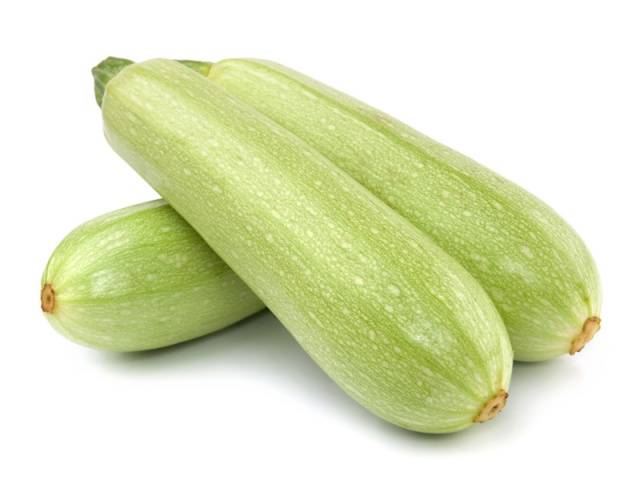
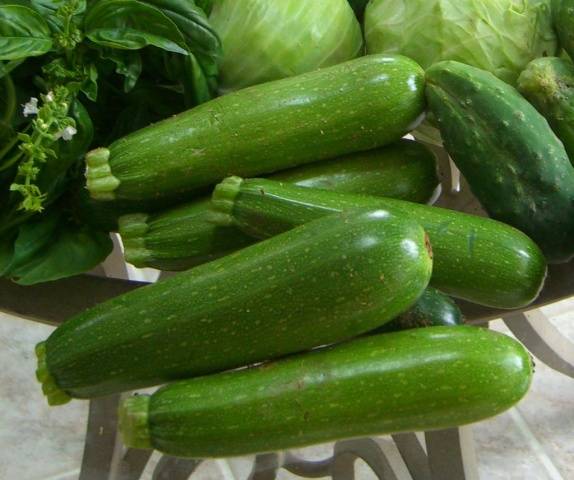
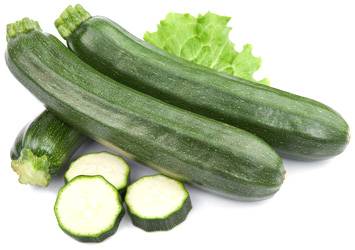
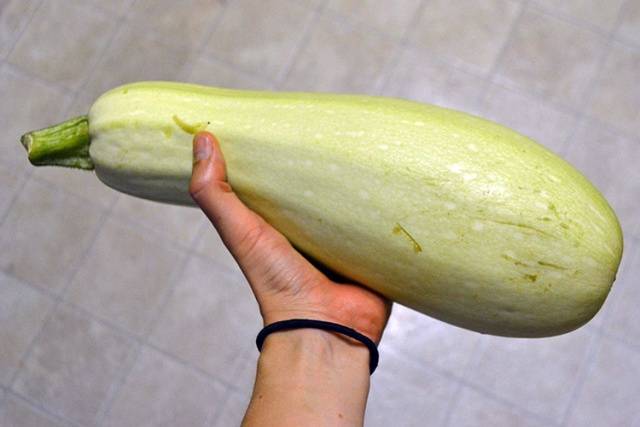
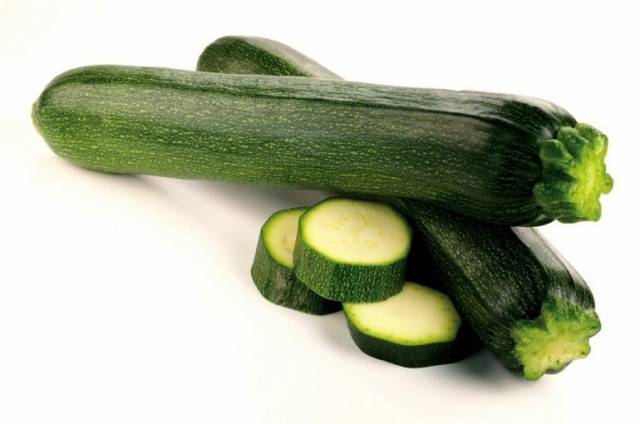



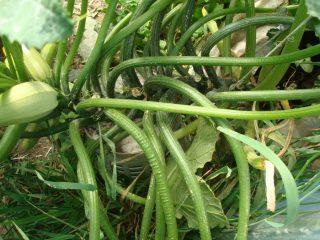
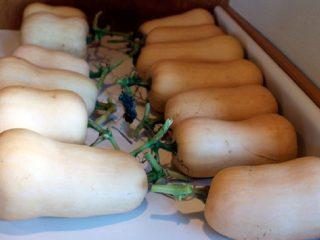

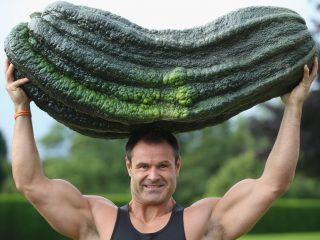
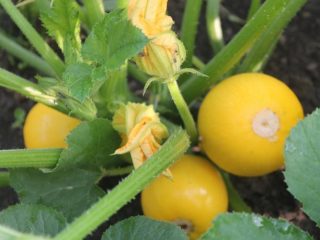
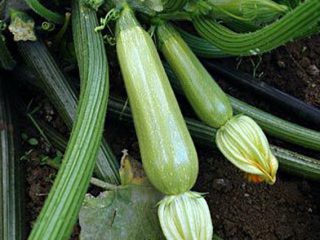

Please tell me. What varieties and names of zucchini are the most preserved in winter in a city apartment on the floor. Most of the zucchini, which (albeit light), deteriorate in the second month, not surviving until spring. In the refrigerator, as a whole, they fade, becoming covered with sores that have to be thrown away. The refrigerator fits only 10 pieces in one row, not saving the situation.
Good afternoon, Nina!
It is very difficult to say unequivocally which varieties can be kept in an apartment. The microclimate plays an important role during storage. If the recommended storage conditions are not followed, the zucchini begin to deteriorate after 3-4 weeks. We advise you to pay attention to varieties suitable for long-term storage. When buying seeds, pay attention to the packaging. Zucchini varieties suitable for a long shelf life are marked with the phrase “Excellent keeping quality”. In this case, the varieties Aral F1, Negritenok, Yakor have proven themselves quite well. Also pay attention to the varieties Watermelon, Festival and Pear-shaped. For more information about the varieties of zucchini suitable for long-term storage, and the storage rules, see the article:
https://gardenlux-en.decorexpro.com/sad-i-ogorod/ovoshhi/sorta-kabachkov-dlya-dlitelnogo-hraneniya.html
And further. I would like to draw your attention to some rules for preparing zucchini for storage:
• you need to pick zucchini slightly unripe;
• when picking, handle the vegetables carefully, being careful not to damage the skin;
• the place where vegetables will be stored must be dry, with no signs of mold;
• the length of the tail, which must be left, must be at least 5 cm;
• you need to lay out the zucchini in one row.
During storage, regularly (at least once a week) check vegetables in order to remove those that have begun to deteriorate in time.
We wish you high yields!